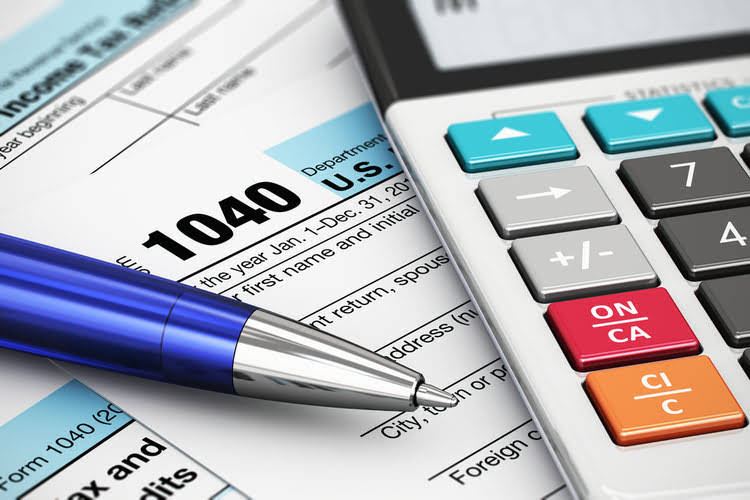
This process involves taking a portion of the cost and transferring it to an expense account called depreciation expense. The other portion of the cost is then transferred to an asset account called accumulated depreciation. Recording these entries requires a double-entry accounting system so that the assets and liabilities are always in balance. When assets are how to record depreciation journal entry purchased, they are recorded at their historical cost in an asset account on the balance sheet. At the end of every accounting period, a depreciation journal entry is recorded as part of the usual periodic adjusting entries. In conclusion, accurate recording of depreciation is essential for businesses to provide accurate financial statements and tax returns.
The declining balance method is another method for calculating depreciation, and it is also known as the reducing balance method. This method is particularly useful for assets that are expected to lose value more quickly in their early years of use and then decline at a slower rate over their useful life. The accounting for depreciation requires an ongoing series of entries to charge a fixed asset to expense, and eventually to derecognize it.
Straight-line Depreciation Journal Entry
Physical depreciation results from wear and tear due to frequent use and/or exposure to elements like rain, sun and wind. Textbook content produced by OpenStax is licensed under a Creative Commons Attribution-NonCommercial-ShareAlike License . This book may not be used in the training of large language models or otherwise be ingested into large language models or generative AI offerings without OpenStax’s permission. Emma’s 70-person geographically distributed accounting team improved internal controls and streamlined the audit thanks to FloQast. Spare parts, stand-by equipment, and servicing equipment are not considered to be PPE unless they comply with the standards defining the term.
- If asset depreciation is arbitrarily determined, the recorded “gains or losses on the disposition of depreciable property assets seen in financial statements”8 are not true best estimates.
- The next step is to compute the annual depreciation expense of each fixed asset.
- Since the asset has been depreciated to its salvage value at the end of year four, no depreciation can be taken in year five.
- Likewise, when a fixed asset is fully depreciated, the accumulated depreciation of that asset equals its total cost.
- This helps maintain accuracy in your balance sheet and income statement.
- Straight-line depreciation divides the cost of an asset by its estimated useful life to determine the yearly amount that should be depreciated.
Kenzie pays shipping costs of $1,500 and setup costs of $2,500, assumes a useful life of five years or 960,000 pages. Based on experience, Kenzie Company anticipates a salvage value of $10,000. FloQast’s suite of easy-to-use and quick-to-deploy solutions enhance the way accounting teams already work.
Types of Journal Entries
Every country’s regulatory bodies determine how furniture and fittings are depreciated. When provision for depreciation/accumulated depreciation is maintained. Mary Girsch-Bock is the expert on accounting software and payroll software for The Ascent. The best part of using a depreciation schedule is that it organizes everything in tabular format. However, whether you compute manually or create a worksheet, it essentially shows the same information. Increase your desired income on your desired schedule by using Taxfyle’s platform to pick up tax filing, consultation, and bookkeeping jobs.

Debit this account and credit the corresponding fixed asset account with the same amount. The company can make depreciation expense journal entry by debiting the depreciation expense account and crediting the accumulated depreciation account. The company usually cannot tell exactly how long the asset will be used. Hence, it can only estimate the amount of depreciation expenses during the period by using various depreciation methods. However, whichever method is used, the depreciation expense should match with the benefits that the assets provide to the company over the periods of time. The declining balance method calculates depreciation based on a fixed percentage rate, which is applied to the asset’s book value each year.
Estimating Useful Life and Salvage Value
Every company has fixed assets, and you’re probably reading this on one right now. Fixed assets are purchases your company makes that add value to the business and that help your company make money. These are purchases that will benefit the business for more than a year. Based on the matching principle, company needs to record revenue and expense in the period which they incur. Company must record expenses and the related income in the same period. Company usually records revenue every month base on the accrual basis, so depreciation expense needs to record in the same period that company consumes its benefit.
Instead of creating a separate Accumulated Depreciation account per fixed asset unit, we recommend summarizing entries per fixed asset class, such as equipment, furniture, and software. Following GAAP and the expense recognition principle, the depreciation expense is recognized over the asset’s estimated useful life. We also address some of the terminology used in depreciation determination that you want to familiarize yourself with. Finally, in terms of allocating the costs, there are alternatives that are available to the company. We consider three of the most popular options, the straight-line method, the units-of-production method, and the double-declining-balance method. It’s important to note that the book value of an asset may differ significantly from its market value.
